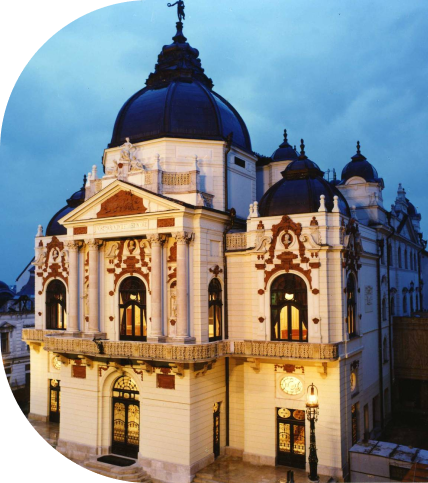

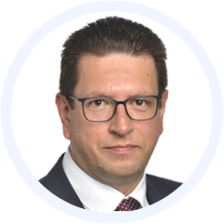
Loránt Vincze
FUEN President and MEP
Dear participants and guests of the FUEN Congress 2023,
Hungary has a special place in the history of FUEN. Its 1991 congress in Budapest was the first one organised in a country of the former communist bloc. Following the fall of the iron curtain the event highlighted FUEN`s new ambition to become the umbrella organisation of all European autochthonous national minorities and language groups. The Budapest congress was a turning point: in the following decade the number of FUEN member organisations has doubled, and the new members also meant new and diverse challenges.
National minorities in Central and Eastern Europe had high hopes after the fall of the communism, but it took only a few months for these dreams to be crushed with ethnic conflicts emerging in different countries. It was a period of unrest in which support for minorities was needed and FUEN was there to offer its help.
An important moment of the 1991 congress was the establishment of FUEN’s first working group, AGDM, which became the most important forum of German minorities in Europe, currently uniting German minorities from 26 states.
Now, 32 years later the Self-Government of Germans in Hungary will host the Annual FUEN Congress in Fünfkirchen · Pécs - Pečuh. The event will be a great opportunity for them to present their journey since the 1991 congress, to invite us to have a glance on their community life and institutions. Participants will also have the chance to meet the representatives of the other nationalities living in Hungary and even visit some of their cultural and educational institutions in the host city.
Welcome to Hungary!
Willkommen in Ungarn!
Isten hozta Önöket Magyarországon!

Ibolya Hock-Englender
Chairwoman of LdU
Dear participants and guests!
I greet you warmly on behalf of the Self-Government of Germans in Hungary (LdU) to the 67th FUEN Congress in Fünfkirchen-Pécs-Pečuh. It is a great pleasure for us to serve as the venue – already for the second time – and at the same time also an obligation that we take very seriously.
The city can rightly be considered a worthy backdrop for the Congress, as eleven different nationalities live in it besides Hungarians: Armenians, Bulgarians, Germans, Greeks, Croats, Poles, Roma, Romanians, Ruthens, Serbs and Ukrainians. Through the self-governments they have founded, they are an integral part of the city administration and cultural life. Three of them also have educational institutions of their own: the German, Croatian and Roma nationalities. During the working group meetings you will have the opportunity to get to know them.
We offer a programme for you which, in addition to the official concerns of our organisation, will also provide opportunities to make contact with the three largest nationalities, the Roma, Germans and Croats. Within the framework of the Saturday programme we plan to "entertain" you not only with culinary but also with cultural specialties of Southern Hungary.
The term we often use, "FUEN family" i.e. "family of nationalities", also applies to the city of Pécs. We invite you to experience this personally!
07-10 September 2023
Pécs • Fünfkirchen • Pečuh,
Hungary
3:00 PM Kodály Center
Thursday • 7 September
Breuer Marcell stny. 4 Pécs
Due to the capacity challenges of the hotels in Pécs, we had to split the participants to 3 different hotels in the city.
Please be aware that after your registration the FUEN will delegate you the exact details about the hotel you are staying in.
Arrival and departure from Budapest (airport, train, bus station) to Pécs • Fünfkirchen • Pečuh
There are possibilities to arrive from BUD to Pécs with public transport, for details you can check the Google Maps schedules.
In case there will be enough interest from participants, we will help you to organize a shuttle service directly from BUD Airport to Pécs. For that, please indicate your exact travel details and the Flight number in your registration form!
The costs for the shuttle will be announced beforehand and will be covered by each participant directly on spot. FUEN will not cover those costs!

After 150 years of Turkish rule in Hungary, German settlers were called into the country from the end of the 17th century onwards, and in the 18th century they used modern farming methods to further Hungary's agricultural development as well as the crafts trades.
At the end of the 19th century, the increasingly strong assimila-tion policy of the Budapest governments resulted in the majority of the urban German bourgeoisie being absorbed into Magyarism. This development continued after the First World War within Hungary, which, as one of the losers of the war, had to cede about two-thirds of its national territory to its neighbours.
Therefore, the Hungarian-German Folk Education Association founded in 1924 under Jakob Bleyer relied mainly on the Swabian peasantry. The Hungarian-German ethnic group became a pawn in the interests of the two allies, Hitler's Germany and Horthy's Hungary, especially after the beginning of the Second World War, and after the Second World War was held jointly responsible for crimes committed in the name of the Third Reich.
With the expulsion of half of the Hungarian Germans after the Second World War, the German minority in Hungary lost most of its cultural elite. The very people who had professed German nationality or German mother tongue in the 1941 census fled or were expelled. This was subsequently interpreted sweepingly by the Hungarian government as a declaration of allegiance to Hitler's Germany and regarded as collective guilt.
Within the "Marxist-Leninist nationalities policy" of the one-party state, attempts to create an actual representation of the interests of Hungarian Germans were doomed to failure. Since the end of the 1960s, a modest literature was able to develop, visual artists were included in cultural activities, and scientific research – especially in the field of folklore and dialects – was carried out.
The most important concern was to increase the effectiveness of German language teaching. Since 1982, bilingual teaching has taken place in numerous primary schools, and there are German-language groups in kindergartens.
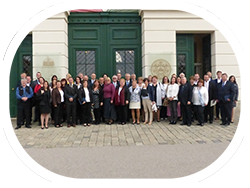
| 1995 |
On 11 March 1995, the National Self-Government of Germans in Hungary, the "parliament" of the German minority, was elected.
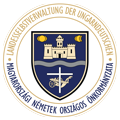 |
| 2011 | The results of the 2011 census show a positive development in relation to the 2001 census: 185,696 citizens declared their affiliation to the German minority (2001: 62,105). The number of native speakers also increased slightly and amounted to 38,248 (2001: 33,774). 95,661 stated German as their preferred language (2001: 52,912). We do not yet have the results of the 2022 census. |
| 2014 | As of 2014, Hungarian Germans had been able to elect an advocate, and as of 2018, a full Hungarian German Member of Parliament to the House. With over 26,000 votes, Emmerich Ritter was elected Hungarian German Member of Parliament. Under his chairmanship, the Nationalities Committee was able to push through several initiatives to improve the situation of the minorities. |
| 2019 | In the nationality (minority) elections in October 2019, local or regional representative bodies of the minority were elected in more than 400 cities and municipalities and in 14 counties. |
The 47-member plenary assembly of the Self-Government of the Germans in Hungary (LdU) represents the interests of the Hungarian Germans at the state level.
It endeavours to strengthen and expand the cultural autonomy of the Hungarian Germans and, within the framework of cultural autonomy, the LdU is running the most important educational istitutions:
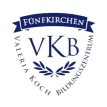
Valeria Koch Educational Centre
Fünfkirchen • Pécs

Friedrich Schiller
Grammar School
Pilisvörösvár • Werischwar
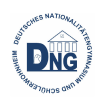
Budapest German Nationality Grammar School
Budapest

Thinking strategically, acting sustainably – in pursuit of this goal, the national self-government of the Hungarian Germans presented its strategy until 2020 in 2015, which was evaluated and updated in 2021. The development of the future vision is based on nationwide cooperation among the Hungarian Germans and provides firm orientation points regarding the areas of politics, culture, education, youth and communication. The most important elements of the mission statement:
Pécs Hungarian, Fünfkirchen German, Pečuj Serbian, Pečuh Croatian offers an ideal environment for the annual Congress of European Minorities. With its various minorities, the city has a remarkable diversity. In 2010, Pécs was named European Capital of Culture. Fünfkirchen • Pécs is also the centre of the Germans in Hungary, hosting the FUEN Congress 2023.
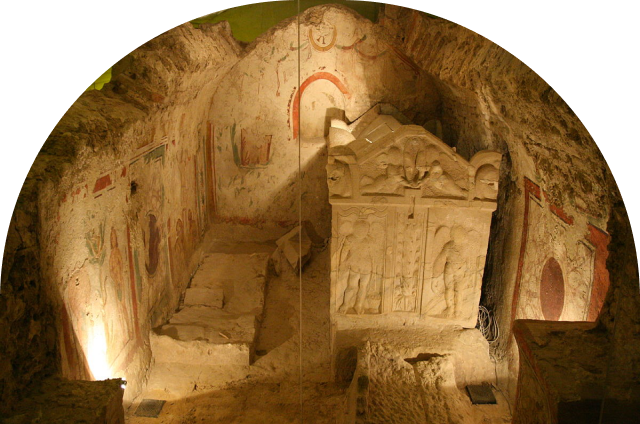
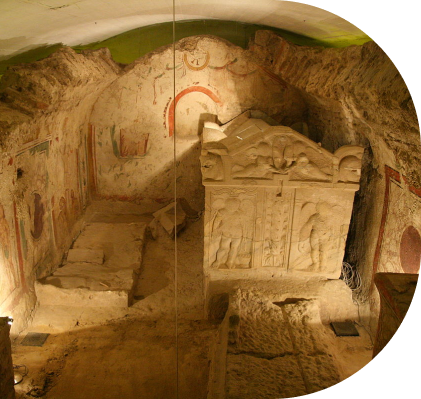
Pécs is one of the oldest cities in Hungary and has been inhabited since ancient times. In Roman times, the city, then called Sopianae, was an important town in the province of Pannonia from the third century. Later it was called Quinque Ecclesiae (Latin for "five churches"), from which the later German name Fünfkirchen is derived. The present name of the town was first used in an official document of 1235 as Pechut (road to Pécs). In 1290, the town was already mentioned in another document as Peech.

In 1367, King Louis the Great (Nagy Lajos) founded the first Hungarian university. The heyday of Pécs in the Middle Ages was in the second half of the 15th century. The bishop of Pécs was Janus Pannonius, the greatest poet of Hungarian humanism. The occupation by the Turks in the 16th and 17th centuries can still be felt in several places in the city. One of the most important baroque princes was Bishop Klimo, who was involved in the foundation of the first public library.

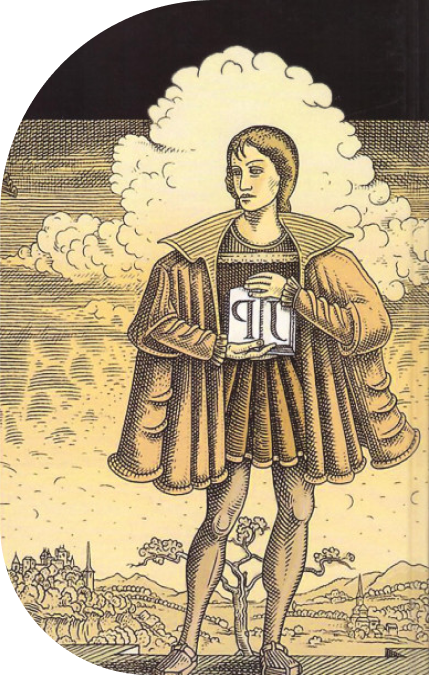
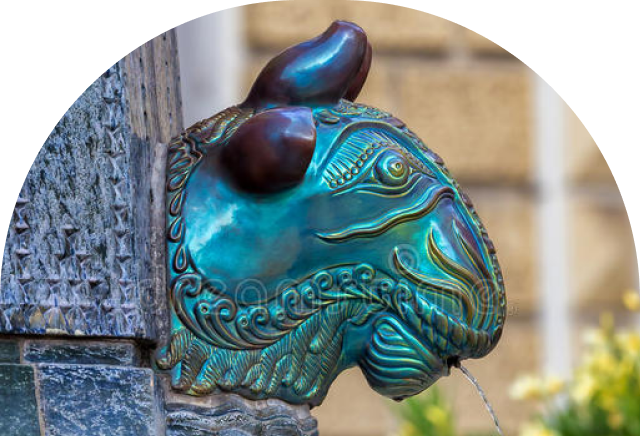
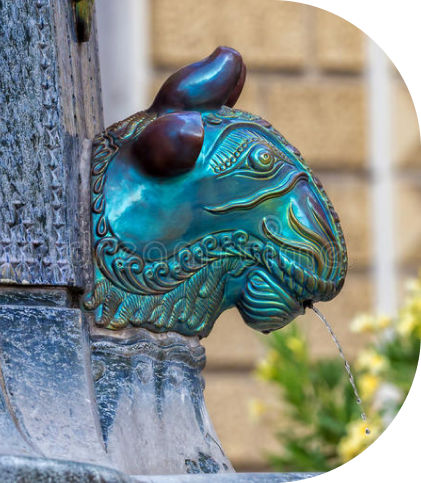
In 1780 Pécs became a "free royal city". This marked the beginning of the town's bourgeois development and an upswing in industry and economy. The factories founded between 1850 and 1860 (including the Zsolnay pottery factory) were known throughout the country and still produce today.
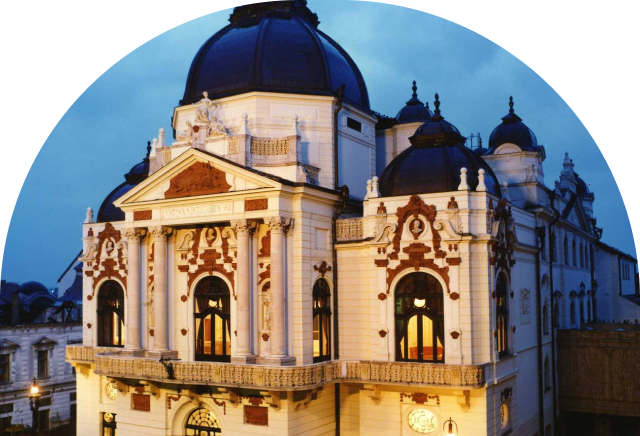
In 1869 the synagogue was built, where the first Angster organ can be seen. Many civic houses and public buildings were also built: the University Library, the National Theatre of Pécs and the Elephant House. Széchenyi Square, the city's main square, was also laid out in its present form during this period. Pécs also exhibits works by 20th-century artists: in the Csontváry Museum and Káptalan Street (e.g. the Vasarely Museum and the Amerigo Tod exhibition) you can have an impressive art experience. Near the basilica is the unique monument to the martyrs of Arad.
